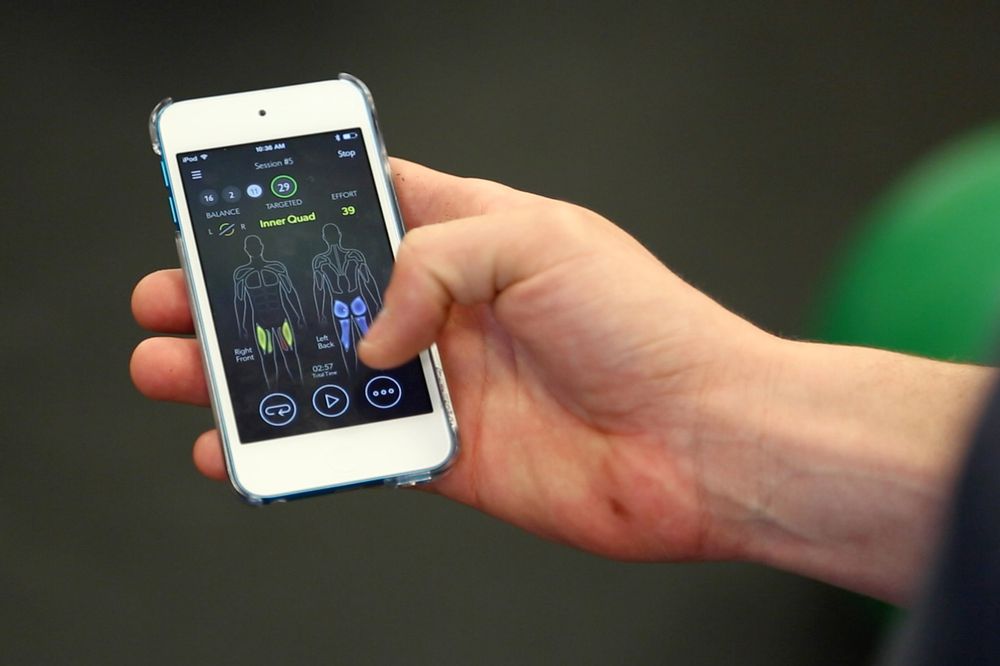The creation of textiles was probably among the earliest technoloies we played with. Given the intimate history of people and fabric, it is hard to imagine that the industry or “art” of making fabric has any room for further evolution. From animal skin, silk, nylon, cotton and much more, we must be thinking we have seen all types of fabrics. But our textile industry does some have some potential. One such achievement is smart clothes. Smart clothes, as the name quite obviously suggests, integarate technology with our clothes. Today, smart clothing provides a method to monitor in real time, mechanical, environmental, and physiological parameters with a non-intrusive approach.
Smart Clothes 101
Sensors are now embedded directly into textiles, creating garments that are not only smart but also comfortable and practical to wear. Smart textiles can incorporate conductive fibers and links with sensors and switches. They help monitor aspects of health and wellness, location, positioning, predominant posture, and speed. They also helps to communicate with mobile devices. Sensors can be embedded into the fabric itself. Slipping on a smart t-shirt or a smart bra does not require any extra effort. You don’t have to change your behaviour to suit the tech.
The sensors embedded in the cloth can be monitored through the single device generally called portable unit or portable patient unit (PPU). The sensors can have six-lead electrocardiograph, respiration movement, pulse rate, and skin temperature monitors. In addition, they can have an oximeter to measure blood oxygen saturation. The 3D accelerometer inside the PPU can measure your body position.
The information stored on PPU can be accessed via a normal internet connection. This information is transferred from the sensors via secure GPRS mobile connection via a central server.

Revolutionary Usage Potential
Smart clothing can indeed revolutionize health industry. Data from the biosignals generated from the clothes can be sent via mobile connections to caregivers. This can allow doctors to check up on their patients and warn if their health deteriorates. Smart clothes allow for an immediate checkup of the vital signs of individuals.
Smart clothes will help to contact patients immediately in case of changes in vital signs and stabilize them. This would decrease the frequency of patient visit to the doctor. Remote monitoring is ideally suited for patients suffering from chronic diseases. A patient only has to wear the smart clothes and need to charge their PPU. With smart clothes, doctors can perform remote checkups and advise them to perform physical activity needed while monitoring their progress. Also, it will help doctors perform cardiopulmonary and vascular monitoring, glucose monitoring.
A study covered a group of 24 people suffering from chronic obstructive pulmonary disease, who were discharged from hospital after an average of just 3.6 days, compared with 6.8 days for a control group.
Smart clothing can become evident part of gym wear in the future. Many startups such as Hexoskin, Athos are investing in developing garments which can track the movement of your muscle. They connect it with the biometric system which not only measures significant vitals of your body while exercising but also measures the pressure exerted on muscles. Technology can even replace a need for a personal trainer.
In future, it may be possible smart hats or caps can even monitor your neurological functions. This breakthrough will help to diagnose gait, limb paralysis, cerebral palsy and early detection of Parkinson’s (PD) and Alzheimer’s disease.
The Feasibility
Manufacturing smart clothes involves technological as well behavioral issues. Inadequate software, poor big data skills, velocity to tackle data generated, veracity to analyze the data generated. Above all, lack of communication between various departments and organization is a major challenge. Also, lack of willingness of the patient to share the data and standardization of data poses various challenges ahead.
How Hard Is It On Your Wallet?
Different companies charge prices differently. Most companies make customized, on-demand products and charge accordingly. Some, like Hexoskin products, range from $169 to $579 depending on whether you want to buy just one article or complete adult men, women and junior sets. OMsignal’s smart wear will cost you around $249. Cityzen Sciences, Athos, Gym have pre-order billing.
The ability to track mobility, health indicators and symptoms have great potential that can revolutionize the healthcare system and change patient behavior. All in all, smart clothing requires collaboration from various field of specializations. Textile technologists, garment engineers, an electronics expert, biologists, and doctors have to effectively work together to produce more efficient results in future. These changes will alter the way we utilize our funds on healthcare and preventive measures. As a result, it will augment the physician-patient relationship and post-operative monitoring. Smart clothes will generate favorable outcomes in future.